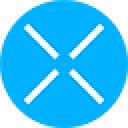-
 bitcoin
bitcoin $109667.069529 USD
-3.03% -
 ethereum
ethereum $3936.685804 USD
-4.07% -
 tether
tether $1.000493 USD
0.01% -
 xrp
xrp $2.771823 USD
-4.74% -
 bnb
bnb $957.805027 USD
-5.34% -
 solana
solana $196.735100 USD
-6.68% -
 usd-coin
usd-coin $0.999727 USD
-0.01% -
 dogecoin
dogecoin $0.227355 USD
-5.12% -
 tron
tron $0.335205 USD
-0.81% -
 cardano
cardano $0.779256 USD
-3.59% -
 ethena-usde
ethena-usde $0.999900 USD
-0.06% -
 hyperliquid
hyperliquid $42.492095 USD
-6.61% -
 chainlink
chainlink $20.501853 USD
-4.34% -
 avalanche
avalanche $28.952606 USD
-11.21% -
 stellar
stellar $0.356038 USD
-3.93%
What is the use of adjusting leverage on Binance
Adjusting leverage on Binance allows traders to tailor their risk tolerance, amplify profits and losses, and fine-tune trading strategies by borrowing funds from the exchange.
Nov 16, 2024 at 03:18 am
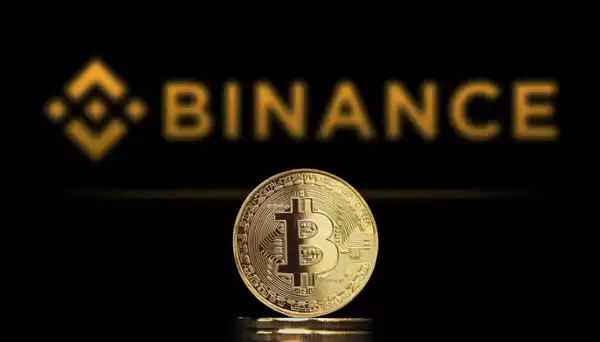
Binance, the world's largest cryptocurrency exchange, offers traders advanced trading tools and features, including the ability to adjust leverage for margin trading. Leverage is a double-edged sword that can amplify both profits and losses, so traders must fully understand its risks and benefits before using it. This article will provide a comprehensive guide to adjusting leverage on Binance, exploring various considerations, usage scenarios, and potential strategies.
Understanding LeverageLeverage is a trading mechanism that allows traders to borrow funds from an exchange to increase their purchasing power. It is expressed as a ratio, such as 5x or 10x. For example, with 5x leverage, a trader can open a position worth $5,000 with only $1,000 of their own capital. Leverage amplifies both profits and losses, so if the position moves in favor of the trader, they can make substantial returns. However, if the market moves against them, their losses can also be amplified.
Reasons for Adjusting LeverageTraders may adjust leverage for various reasons, including:
- Risk Management: Reducing leverage lowers the potential for catastrophic losses, especially during volatile market conditions.
- Profit Potential: Increasing leverage amplifies potential profits, but this comes with the increased risk of losses.
- Trading Strategy: Some trading strategies, such as scalping or trend following, may benefit from using higher or lower leverage.
Adjusting leverage on Binance is a straightforward process:
- Enabled Margin Trading: If margin trading is not already enabled, you must do so by completing the KYC process and passing a questionnaire.
- Select the Trading Pair: Navigate to the margin trading page and select the trading pair you wish to trade.
- Set Leverage: On the order form, there will be a section to set the leverage. Use the dropdown menu to select the desired leverage ratio.
- Confirm the Order: Once the leverage is set, proceed with placing the order and confirm your decision.
Before adjusting leverage, traders should consider several factors:
- Risk Tolerance: Leverage should align with a trader's risk tolerance and the amount of capital they are willing to risk.
- Market Volatility: Highly volatile markets increase the risk associated with leverage. Consider lowering leverage during uncertain market conditions.
- Trading Experience: Beginners should start with lower leverage until they have gained sufficient experience.
- Capital Management: Ensure you have sufficient capital to cover potential losses amplified by leverage.
- Margin Call Risk: Leverage can increase the likelihood of a margin call, where the exchange forces you to close your position if the market moves against you.
Leverage can be used in various trading scenarios:
- Bullish Market Conditions: Increasing leverage can enhance profit potential during bullish market trends, though it amplifies risks.
- Bearish Market Conditions: Reducing leverage minimizes potential losses during market downturns.
- Volatility Trading: Traders can adjust leverage based on market volatility, using higher leverage during calm periods and lower leverage during periods of high volatility.
- Short-Term Trades: High leverage can be used for short-term trades with tight stop losses to maximize profits.
- Long-Term Investments: Lower leverage is recommended for longer-term investments, where sustained price movements are more important than short-term gains.
Various leverage strategies can be employed, including:
- Fixed Leverage Strategy: Maintain a consistent leverage level throughout the trade.
- Dynamic Leverage Strategy: Adjust leverage based on market conditions and the desired risk-reward ratio.
- Hedging Strategy: Use leverage to create opposing positions to reduce overall risk.
- Scalping Strategy: Use high leverage for short-term trades with tight stop losses.
- Hedging Strategy: Use leverage to create opposing positions to reduce overall risk.
Adjusting leverage on Binance requires careful consideration of risk tolerance, market volatility, trading experience, and capital management. By understanding the risks and benefits associated with leverage, traders can utilize it effectively to enhance their trading activities. Leverage
Disclaimer:info@kdj.com
The information provided is not trading advice. kdj.com does not assume any responsibility for any investments made based on the information provided in this article. Cryptocurrencies are highly volatile and it is highly recommended that you invest with caution after thorough research!
If you believe that the content used on this website infringes your copyright, please contact us immediately (info@kdj.com) and we will delete it promptly.
- XRP Price: October Rally on the Horizon After September Consolidation?
- 2025-09-26 16:25:13
- Bitcoin Price Wobbles: Investors Buy the Dip as Powell's Words Stir Uncertainty
- 2025-09-26 16:25:13
- Kaspa Price, Smart Contracts, and the 2026 Forecast: A New York Minute
- 2025-09-26 16:30:01
- Bitwise, Hyperliquid ETF, and HYPE Token: What's the Deal?
- 2025-09-26 16:45:14
- B HODL, Bitcoin, and Treasury Purchases: The New Institutional Playbook
- 2025-09-26 17:05:15
- Cloudflare, Stablecoins, and AI Agents: A New Era of Automated Finance
- 2025-09-26 16:45:14
Related knowledge

How do I enable the "scalping-only" mode for Cardano (ADA) contracts?
Sep 24,2025 at 03:19am
Understanding Scalping Strategies in Crypto Derivatives1. Scalping in cryptocurrency trading refers to executing multiple short-term trades within min...
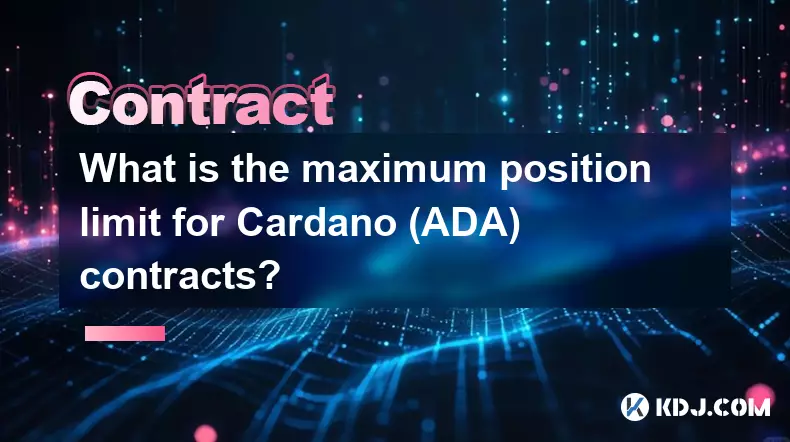
What is the maximum position limit for Cardano (ADA) contracts?
Sep 23,2025 at 11:00pm
Understanding ADA Futures and Derivatives Market Structure1. Cardano (ADA) futures contracts are offered by several major cryptocurrency derivatives e...
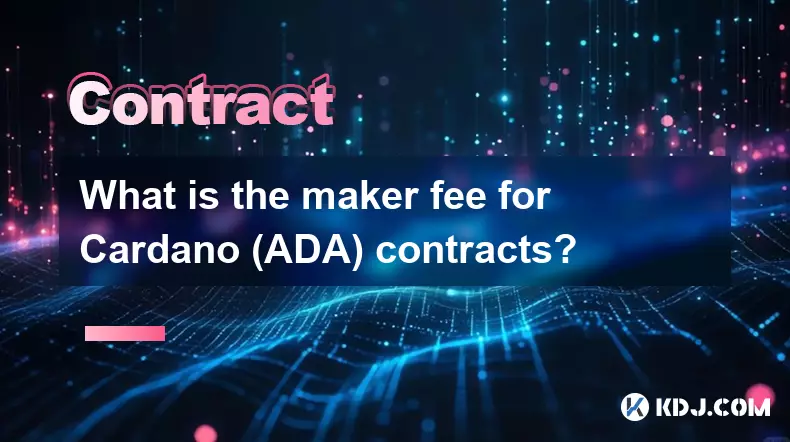
What is the maker fee for Cardano (ADA) contracts?
Sep 26,2025 at 09:01am
Understanding Maker Fees in Cardano (ADA) Contracts1. The concept of maker fees applies broadly across decentralized exchanges and smart contract plat...
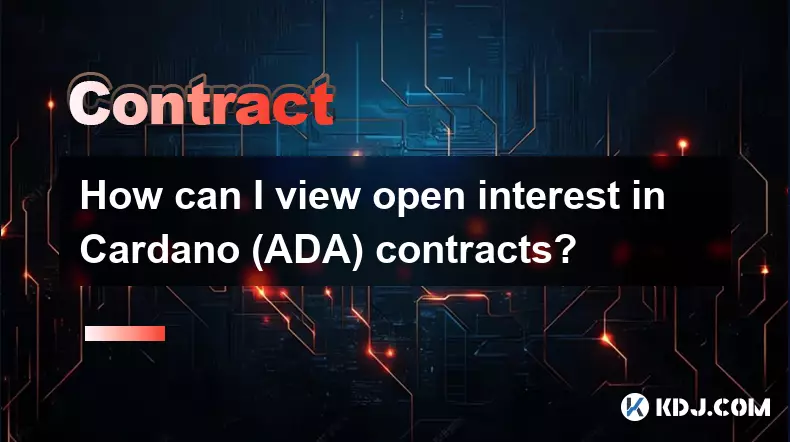
How can I view open interest in Cardano (ADA) contracts?
Sep 24,2025 at 07:36am
Understanding Open Interest in Cardano Derivatives1. Open interest refers to the total number of outstanding derivative contracts, such as futures or ...

What is the function of the insurance fund in Cardano (ADA) contracts?
Sep 24,2025 at 02:18am
Understanding the Role of Insurance Funds in Cardano Smart Contracts1. The insurance fund within Cardano's ecosystem is not a native feature directly ...
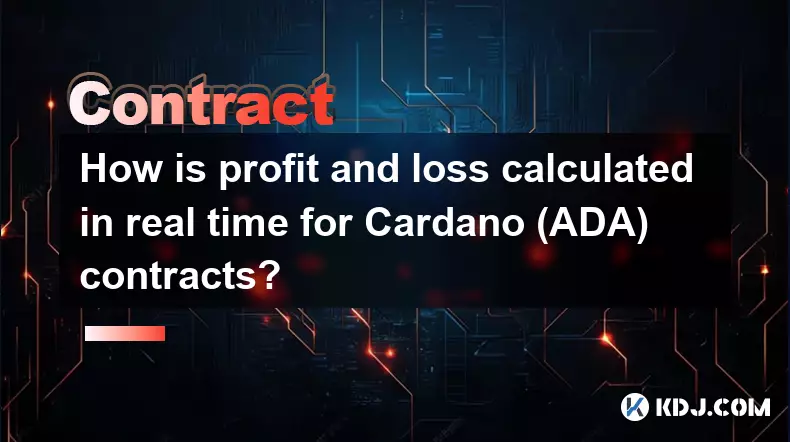
How is profit and loss calculated in real time for Cardano (ADA) contracts?
Sep 26,2025 at 04:18pm
Understanding Real-Time Profit and Loss in Cardano (ADA) Contracts1. Real-time profit and loss (P&L) calculations for Cardano-based smart contracts re...

How do I enable the "scalping-only" mode for Cardano (ADA) contracts?
Sep 24,2025 at 03:19am
Understanding Scalping Strategies in Crypto Derivatives1. Scalping in cryptocurrency trading refers to executing multiple short-term trades within min...

What is the maximum position limit for Cardano (ADA) contracts?
Sep 23,2025 at 11:00pm
Understanding ADA Futures and Derivatives Market Structure1. Cardano (ADA) futures contracts are offered by several major cryptocurrency derivatives e...

What is the maker fee for Cardano (ADA) contracts?
Sep 26,2025 at 09:01am
Understanding Maker Fees in Cardano (ADA) Contracts1. The concept of maker fees applies broadly across decentralized exchanges and smart contract plat...

How can I view open interest in Cardano (ADA) contracts?
Sep 24,2025 at 07:36am
Understanding Open Interest in Cardano Derivatives1. Open interest refers to the total number of outstanding derivative contracts, such as futures or ...

What is the function of the insurance fund in Cardano (ADA) contracts?
Sep 24,2025 at 02:18am
Understanding the Role of Insurance Funds in Cardano Smart Contracts1. The insurance fund within Cardano's ecosystem is not a native feature directly ...

How is profit and loss calculated in real time for Cardano (ADA) contracts?
Sep 26,2025 at 04:18pm
Understanding Real-Time Profit and Loss in Cardano (ADA) Contracts1. Real-time profit and loss (P&L) calculations for Cardano-based smart contracts re...
See all articles




















